or is it subject to objective and
universal criteria?

The principles for evaluating faces are the same in fine arts as in oral and maxillofacial surgery. Ancient Egyptians were already using aesthetic standards which were later developed by others such as Leonardo Da Vinci and Albrecht Dürer.
The position of the eyebrows, the angle of the space between the upper lip and the nose and the fullness of the lips are essential characteristics for facial evaluation.
Given that eyebrows drop with increasing age, lips thin and the nose grows, changes such as these are automatically associated with older age. Following the zeitgeist of a youthful ideal of beauty, facial surgery uses targeted manipulation to counteract these changes. Aesthetic and facial evaluation require a lot of practice and expertise. An experienced maxillofacial surgeon should always be consulted if corrective jaw surgery is under consideration.
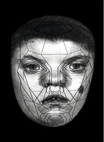
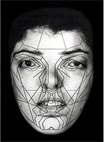
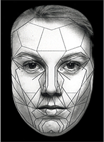
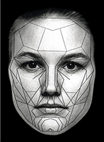
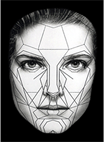
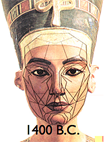
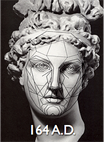
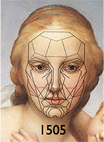
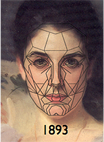
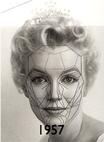
left: “Phi masks” according to Dr. Steven Marqaurdt, rules
for facial “measurement”
right: barely changed standard of beauty throughout all ages
To a certain extent, beauty is actually a matter of personal taste. After all, people can never agree on who is more beautiful, for example. Everyone decides for themselves.
Our chin, jaw and nose are proportional to each other, in size and position. Objectively speaking, so entirely independent of personal opinion, this is considered beautiful. It appeals to our natural affinity for harmony.
Malformations of the bone, especially the jawbone, affect facial proportions and thus our facial attractiveness. A retrusive or prominent upper or lower jaw is especially common. A mild presence of either of these characteristics can make a face more interesting. However, a distinct presence of either of these characteristics can lead to a strong lack of harmony, often accompanied by dysfunction. Teeth grinding, snoring, headaches and back pain are just a few examples of resulting discomfort.

 Source: Priv. Doz. Dr. Martin Gründl, Physical Attractiveness Researcher
at the University of Regensburg
Source: Priv. Doz. Dr. Martin Gründl, Physical Attractiveness Researcher
at the University of Regensburg


